Recently, the U.S. government has implemented the strictest chip ban in history, restricting NVIDIA’s H100, A100, and other AI chips from entering the Chinese market. This ban directly impacts the global technology industry, especially NVIDIA’s performance, as the Chinese market represents a significant “cake” for NVIDIA. In response to this predicament, NVIDIA, showing both wisdom and courage, launched a special version of the H20 chip, specifically tailored for the Chinese market, just as they were preparing for mass shipments, only to be cut off again by the U.S. government.

The sudden outbreak of this event not only left NVIDIA stunned, but also affected other AI chip competitors like AMD and Intel, which faced similar bans, causing their stock prices to plummet and resulting in a global market value evaporation of over a trillion dollars. What deeper stories lie behind this seemingly dramatic event?

NVIDIA is not foolish; since they can no longer sell the strongest H100 and A100 chips to China, they adjusted their strategy and created a “compromise version” of the chip. Thus, the H20 chip was born. The computing power of this chip has been carefully adjusted to 20 TFLOPS, just below the U.S. restriction line. Although its performance is about 70% lower than that of the H100, and the bandwidth has been cut from 3TB/s to 1.5TB/s, this design cleverly avoids U.S. sanctions.
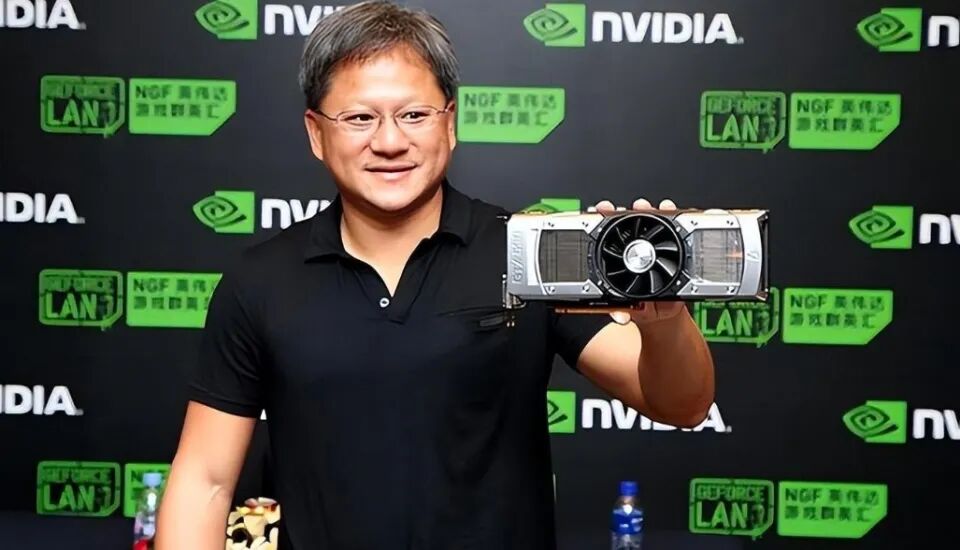
For NVIDIA, this approach is a “last resort”; after all, abandoning the Chinese market would result in significant losses, as the Chinese market accounts for a quarter of their global revenue. To maintain this massive market share, NVIDIA has gone to great lengths.
However, unexpectedly, the U.S. Department of Commerce acted swiftly and decisively, announcing that the H20 chip would also be added to the sales ban list. This news quickly sent shockwaves through the entire tech industry. Not only NVIDIA, but also the stock prices of competitors like AMD and Intel fell together. The entire tech sector’s market value evaporated by over $1.3 trillion, making one exclaim: this “chip storm” is more intense than anticipated.
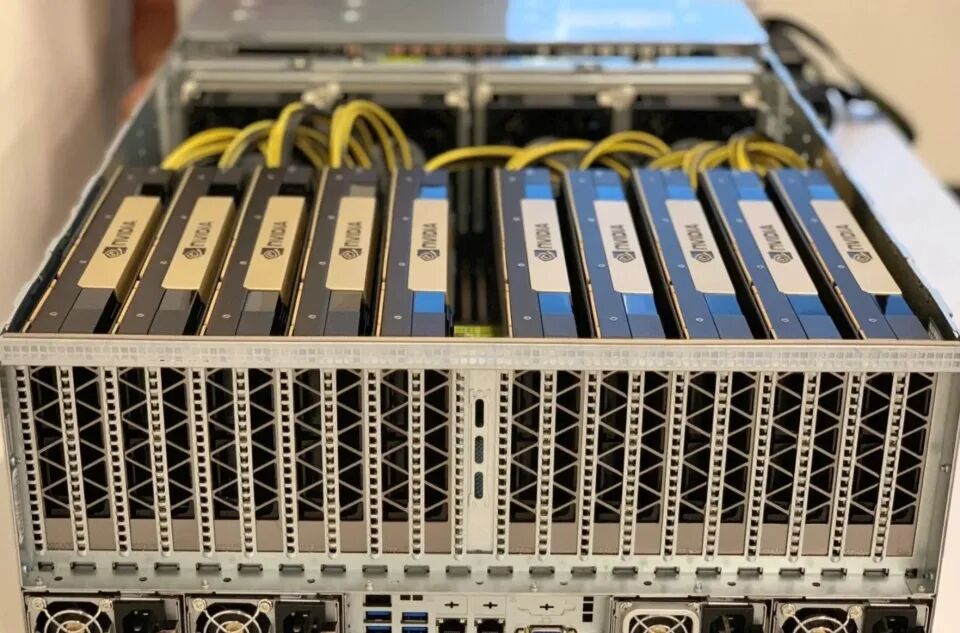
The Secrets of the H20 Chip
The H20 chip is not simple. Although its computing power and bandwidth are not outstanding in numbers, its performance in actual AI applications is not inferior. NVIDIA’s designers cleverly adjusted various parameters, allowing it to perform well in certain specific AI training applications. In other words, while the H20 may not be considered “top-tier performance,” its practicality and cost-effectiveness are outstanding in certain scenarios.
However, despite the clever design of the H20, everything has become murky in the face of the U.S. government’s sudden ban. The ban not only puts a large number of orders at risk but also leaves major companies confused about the “special license” terms attached to the ban. Whether this “loophole” can be exploited and to what extent has become the hottest topic in the industry.

The Huge Potential of the Chinese Market
From the reaction of the Chinese market, the impact of the ban is enormous. Domestic internet giants and other tech companies had already prepared to purchase H20 chips on a large scale, with expected orders exceeding $5 billion in the first quarter of this year, accounting for one-fifth of NVIDIA’s global AI chip orders. But now, all of this has fallen through.
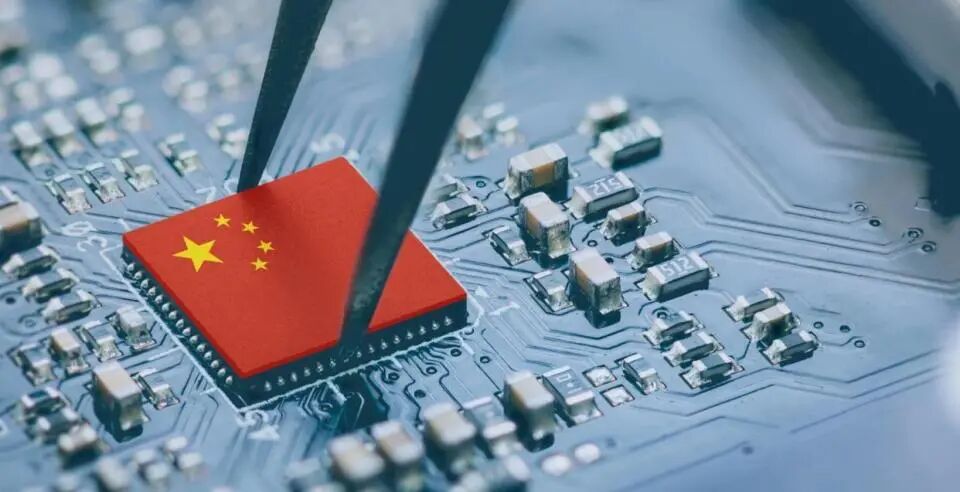
However, the ban has also garnered more attention and support for domestic innovation in the AI chip field. In light of this situation, the path to domestic AI chip alternatives has become particularly crucial. For instance, Huawei’s Ascend chip has already demonstrated strong competitiveness in certain areas. The Ascend chip boasts a computing power of up to 640 TOPS, making it formidable in large model training. Industry insiders generally regard the Ascend 910B as a “powerful tool for domestic computing power.” Although there is still a gap compared to NVIDIA’s high-end chips, this gap is gradually narrowing.
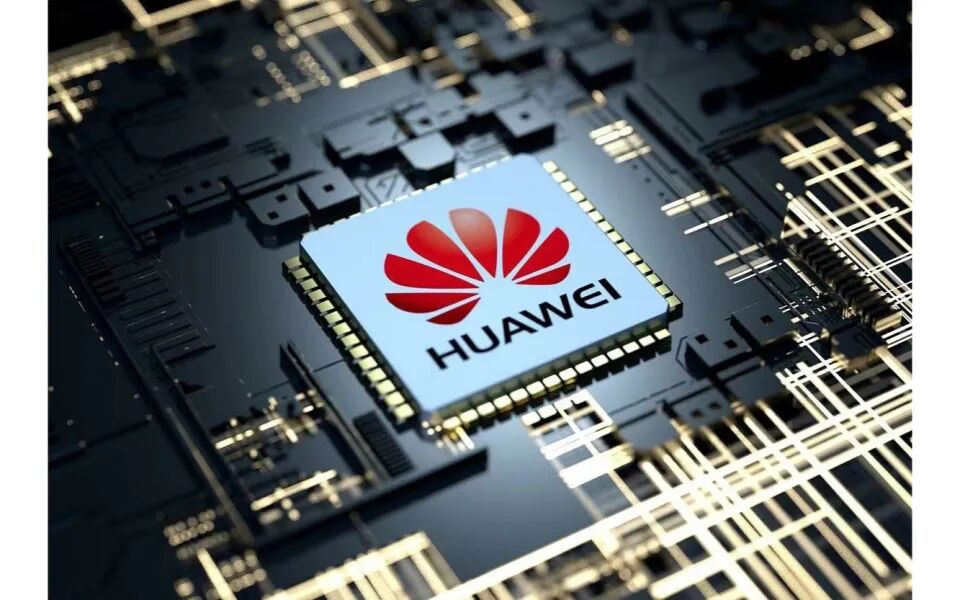
Market data shows that by 2025, the scale of the Chinese AI chip market is expected to exceed 150 billion RMB. Given such a massive market share, global manufacturers cannot possibly monopolize it for long. With the continuous advancement of domestic chip technology, the competitive landscape of this market is likely to undergo dramatic changes in the future.
The introduction of this ban may become a catalyst for the further rise of the domestic AI chip industry. After all, in the history of technology, blockades often stimulate more innovation. Looking back at the situation after Huawei’s mobile phones were sanctioned, we can see that blockades and pressures have, to some extent, accelerated the process of domestic production. For the AI chip industry, this “supply cut” may be the new starting point for domestic alternatives.
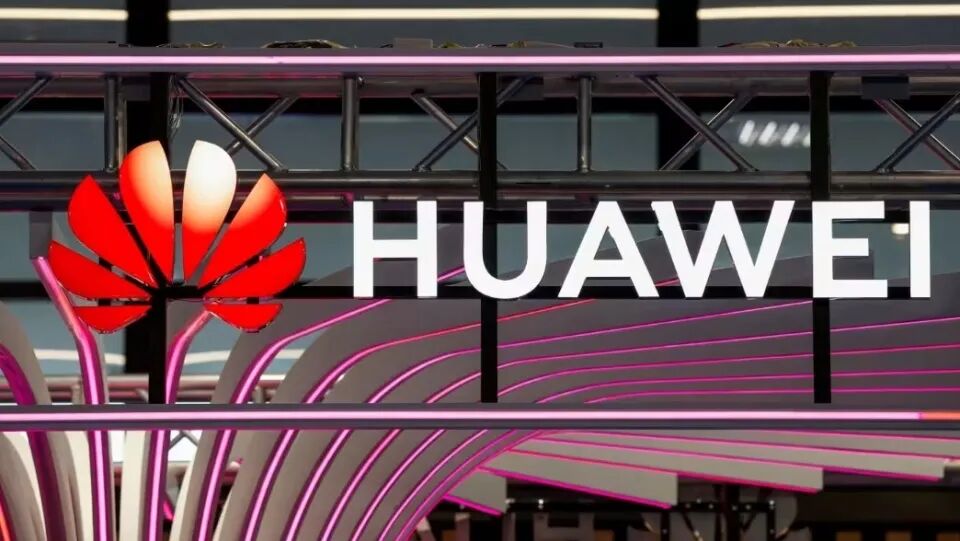
In summary, although this U.S. ban has shaken the global technology industry, it may also become an important turning point for China’s AI industry. In the medium to long term, while facing many challenges, there is hope for accelerating breakthroughs in domestic chip technology. As many netizens humorously remarked: “Since the Americans won’t let us buy, we can only make it ourselves!”
The process of moving from “catching up” to “overtaking” is fraught with difficulties, but it is also a necessary path for the rise of every industry. In the coming years, we may see a more competitive domestic AI chip market. And this “new Long March” of AI chips has just begun; we will wait and see who will ultimately prevail.